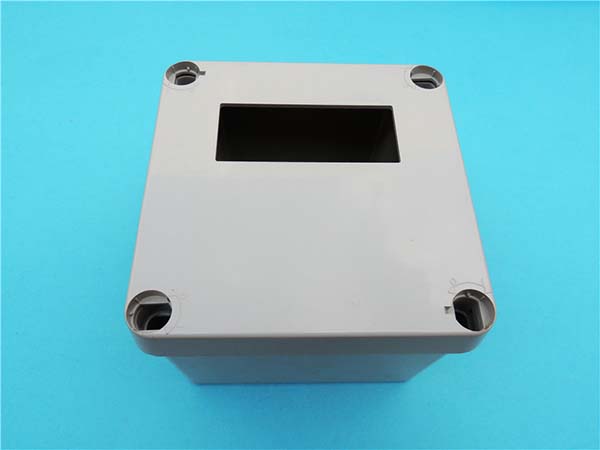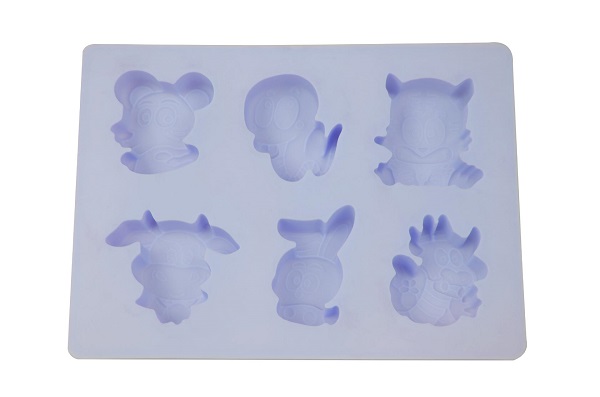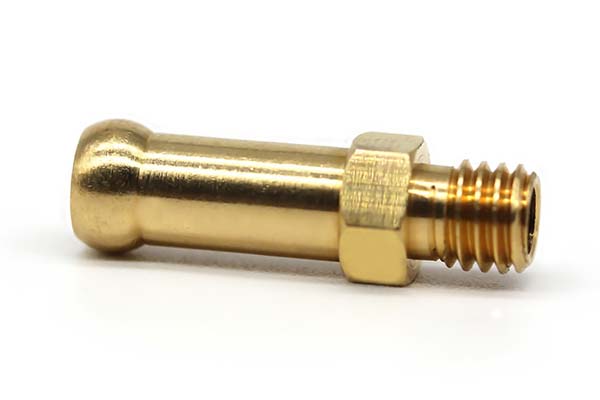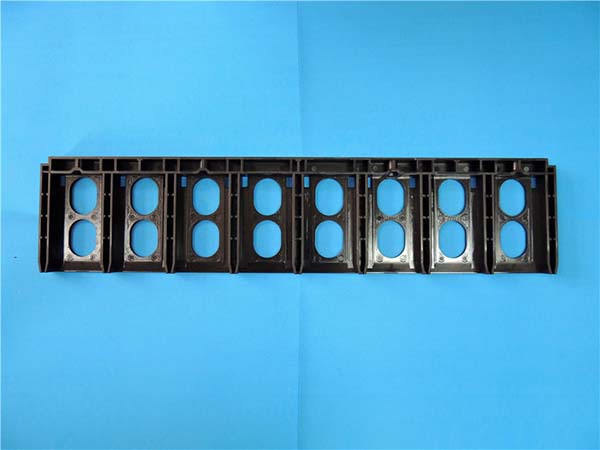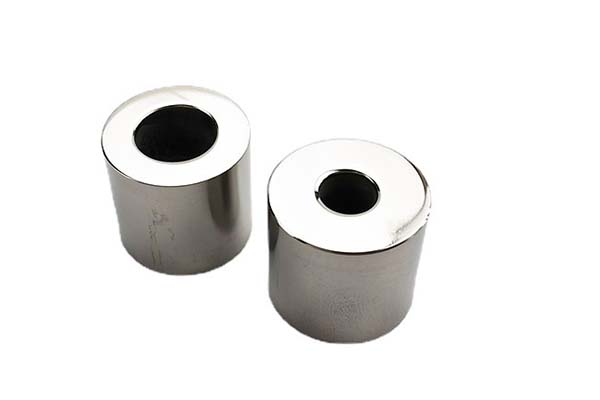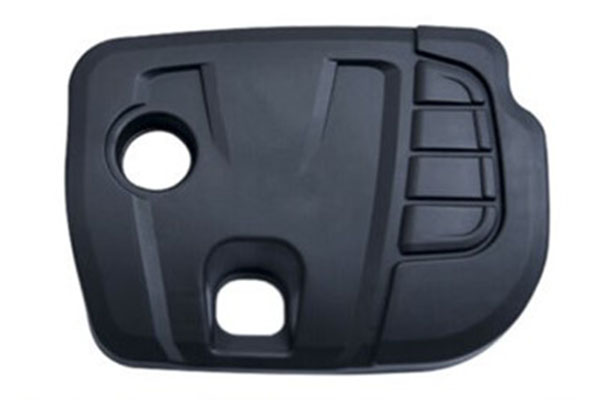What Exactly is Rapid Tooling Process?
The rapid tooling process is a revolutionary approach in the manufacturing industry, designed to significantly speed up the production of molds. In traditional manufacturing, mold-making is often a time - consuming and costly process, which can take weeks or even months. However, the rapid tooling process cuts down this time drastically, sometimes achieving in days what traditional methods take weeks to complete.
At its core, rapid tooling uses advanced technologies such as 3D printing, CNC machining, and vacuum casting. For example, 3D printing allows for the creation of complex mold geometries layer by layer. By using a digital 3D model as a blueprint, the printer deposits materials like plastics or resins in precise patterns to form the mold. This eliminates the need for extensive machining operations in some cases. CNC machining, on the other hand, is highly precise. It can carve molds out of metal or other materials with tight tolerances, ensuring high - quality and consistent results. Vacuum casting is another key technique in rapid tooling. It involves creating a mold from a master pattern, usually made through 3D printing or other means. Then, a liquid material, such as silicone rubber, is poured into the mold under vacuum conditions to create a replica of the master pattern. This is especially useful for creating small - to medium - scale production runs of parts.
To put it simply, rapid tooling process bridges the gap between product design and production. It enables companies to quickly test their product concepts by creating molds for prototypes in a short time. Once the design is finalized, these molds can also be used for small - batch production, making it an ideal solution for start - ups and companies with tight product development schedules.
Key Features of Rapid Tooling Process
Speed
One of the most prominent features of the rapid tooling process is its speed. Traditional tooling methods can take weeks or even months to complete. For instance, in a traditional injection molding tooling process, the design, machining, and polishing of a complex mold can take 8 - 12 weeks. However, with rapid tooling, the same mold can be produced in as little as 1 - 3 weeks. This is mainly due to the use of advanced technologies like 3D printing, which can build molds layer by layer directly from a digital model without the need for extensive machining operations. The reduced lead - time allows companies to quickly move from the design phase to the production of prototypes or small - batch products, getting their offerings to the market much faster.
Cost - effectiveness
Rapid tooling is also highly cost - effective. In traditional tooling, there are high upfront costs associated with the purchase of expensive machinery, highly skilled labor for complex machining operations, and the need for large amounts of raw materials. For example, a large - scale traditional metal stamping die can cost upwards of \(50,000. In contrast, a rapid - tooled equivalent made using techniques like vacuum casting with silicone molds can cost as little as \)5,000 - $10,000. Additionally, rapid tooling reduces the cost of design changes. In traditional tooling, making a design change often means re - machining the entire mold, which is time - consuming and costly. With rapid tooling, design changes can be made in the digital model, and a new mold can be quickly produced, significantly reducing the overall cost of the project.
Flexibility
Flexibility is another key advantage of the rapid tooling process. It allows for easy design modifications. If a company wants to test different design iterations of a product, with rapid tooling, new molds can be created in a short time. This is not the case with traditional tooling, where design changes are cumbersome and expensive. Moreover, rapid tooling is ideal for small - batch production. Many start - ups and companies with niche products don't need large - scale production runs. Rapid tooling provides a cost - effective solution for producing small quantities (ranging from a few dozen to a few thousand units) of products. For example, a company developing a new consumer electronics accessory can use rapid tooling to produce a small batch of 500 - 1000 units for market testing before committing to large - scale production.
How to Ensure the Quality of Rapid Tooling Process
Ensuring the quality of the rapid tooling process is crucial for the success of any product development project. Here are some key strategies:
Select the Right Materials
The choice of materials plays a fundamental role in the quality of rapid tooling. For 3D - printed molds, materials like engineering plastics such as ABS (Acrylonitrile Butadiene Styrene) and PLA (Polylactic Acid) are popular. ABS offers high strength and heat resistance, making it suitable for molds that will be used in high - temperature applications, such as injection molding of some plastics. PLA, on the other hand, is biodegradable and has good dimensional stability, which is great for creating accurate prototypes. In CNC - machined molds, metals like aluminum and steel are commonly used. Aluminum is lightweight, easy to machine, and has good thermal conductivity, making it ideal for molds where heat dissipation is important, such as in plastic injection molds for high - volume production. Steel, especially tool steel, is known for its high hardness and wear resistance, which is suitable for molds that need to produce a large number of parts with high precision.
Optimize Process Parameters
Each rapid tooling technology has its own set of process parameters that need to be optimized. In 3D printing, parameters like layer thickness, print speed, and temperature can significantly affect the quality of the mold. A thinner layer thickness generally results in a smoother surface finish and higher precision, but it also increases the printing time. For example, in Fused Deposition Modeling (FDM) 3D printing, a layer thickness of 0.1 - 0.2 mm can produce a high - quality mold surface, while a layer thickness of 0.3 - 0.4 mm can speed up the printing process but may sacrifice some surface smoothness. In CNC machining, parameters such as spindle speed, feed rate, and cutting depth need to be carefully adjusted. A high spindle speed with an appropriate feed rate can achieve a better surface finish and higher machining accuracy, but if not set correctly, it can lead to tool wear and dimensional inaccuracies.
Conduct Thorough Quality Inspections
Regular and thorough quality inspections are essential. Before starting the rapid tooling process, the raw materials should be inspected for any defects or impurities. After the mold is produced, dimensional inspections can be carried out using tools like coordinate measuring machines (CMMs). CMMs can accurately measure the dimensions of the mold to ensure they match the design specifications within the required tolerances. For example, if the designed mold cavity has a diameter of 50 mm with a tolerance of ±0.05 mm, the CMM can verify that the actual diameter of the produced mold cavity falls within this range. Visual inspections should also be performed to check for surface defects such as cracks, voids, or rough spots. Additionally, functional testing of the mold can be done by producing a small number of sample parts to ensure that the mold can perform its intended function properly.
Yigu Technology's View
As a non - standard plastic metal products custom supplier, Yigu Technology highly values the rapid tooling process. In the field of non - standard product customization, time - to - market is often crucial. The rapid tooling process allows us to quickly transform our clients' unique design ideas into tangible molds. For example, when a client requests a custom - designed plastic component for a new electronic device, the rapid tooling process enables us to produce the mold in a short time, which in turn speeds up the production of the plastic parts.
This not only helps our clients gain a competitive edge in the market by launching their products faster but also reduces overall costs. Since rapid tooling minimizes the time spent on mold - making, it cuts down on labor costs and the cost of holding inventory during the long - drawn - out traditional tooling process. We believe that the rapid tooling process is a game - changer in the non - standard plastic metal products customization industry, and we are committed to leveraging this technology to provide the best service to our clients.
FAQ
What industries can benefit most from rapid tooling process?
Industries such as automotive, aerospace, and consumer electronics can benefit greatly. In the automotive industry, rapid tooling enables quick production of prototypes for new car parts, reducing the time from concept to testing. For example, a new car interior component can be prototyped and tested in a short time, accelerating the vehicle development cycle. In aerospace, where precision and safety are crucial, rapid tooling helps in creating complex parts for aircraft engines or structural components for initial testing. Consumer electronics companies can use it to quickly produce molds for new smartphone cases or other device enclosures, getting new products to market faster.
Is rapid tooling process suitable for large - scale production?
Rapid tooling is more suitable for small - batch production and prototyping. While it can be used for small - scale production runs (up to a few thousand units), for large - scale production (tens of thousands or more units), traditional tooling methods may be more cost - effective. This is because the materials used in rapid tooling, like some 3D - printing plastics or silicone in vacuum casting, may not be as durable as the hardened metals used in traditional injection molding or stamping dies. Over a large number of production cycles, the rapid - tooled molds may wear out quickly, leading to higher replacement costs and potential quality issues.
How much cost can be saved by using rapid tooling process compared to traditional methods?
The cost savings can range from 30% - 70%. For simple products with small - batch production requirements, the savings can be closer to 70%. For instance, if a traditional tooling method costs \(10,000 for a small - batch production of a simple plastic part, rapid tooling might cost around \)3,000. However, for highly complex products, the savings may be around 30%. The cost is influenced by factors like product complexity, batch size, and the type of materials used. Complex products often require more intricate tooling designs, which can reduce the cost - saving margin in rapid tooling compared to traditional methods.


